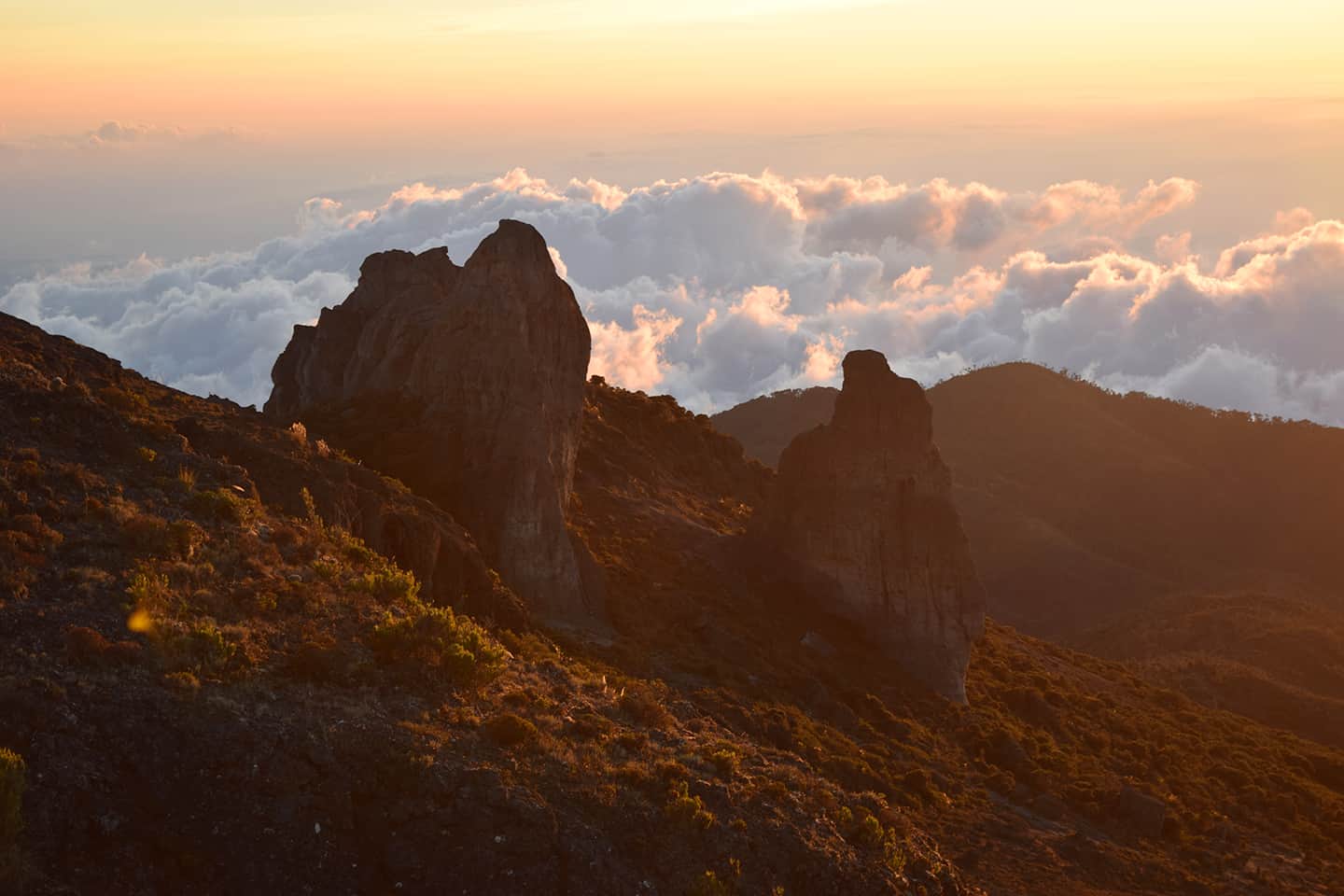Cerro Chirripó, Costa Rica’s highest peak at 3,820 meters above sea level, was the focus of a recent lecture at the National University’s Brunca Regional Campus, revealing its little-known glacial history. The event marked the start of the 2025 second academic cycle.
The lecture, titled “Origin of the Geological Moorland of Chirripó National Park, Tourism, and Its Hidden Inhabitants,” was presented by Zaidett Barrientos, coordinator of the Master’s Degree in Natural Resources at the State Distance University. Barrientos described the mountain as a living archive of the last ice age, noting that its flat valleys, lagoons, and rock striations are remnants of ancient glaciers.
“We often climb Chirripó seeking the challenge of reaching the summit in the shortest time possible, without knowing the historical, geological, and biological background of the area,” Barrientos said. “This knowledge would justify a greater flow of visitors and, above all, the need to promote responsible tourism.”
Researchers have documented at least ten significant glacial formations across Chirripó, including Las Morrenas, Chirripó, Talari, Ancho, Laguna, Pirámide, Fila Norte, Duchi, Broi, and Ditkevi. Although the glaciers themselves have vanished, their geological impact remains visible in the terrain and continues to affect the region’s rock and water cycles.
The Wisconsin Glaciation, which spanned from approximately 30,000 to 10,000 years ago, left ice caps on the high peaks of the Talamanca range, including Cerro Chirripó, Cerro Ventisqueros, and Fila Urán. Today, hikers visit glacial lakes such as Laguna Ditkevi and Laguna Duchi, which echo similar formations found in the Andes and Mexico.
Barrientos said discussions are underway to propose Chirripó National Park as a UNESCO Global Geopark, a designation that would recognize its geological heritage and promote sustainable development and education.
While thousands of visitors are drawn each year by the mountain’s vistas and prestige, Barrientos warned that increasing tourist traffic and climate change pose threats to the park’s integrity. She advocated for a more informed tourism model.
“Promoting knowledge-based tourism, where people understand what moraines are, how lagoons were formed, and why the páramo is unique, can transform the relationship between visitors and the mountain,” she said.

